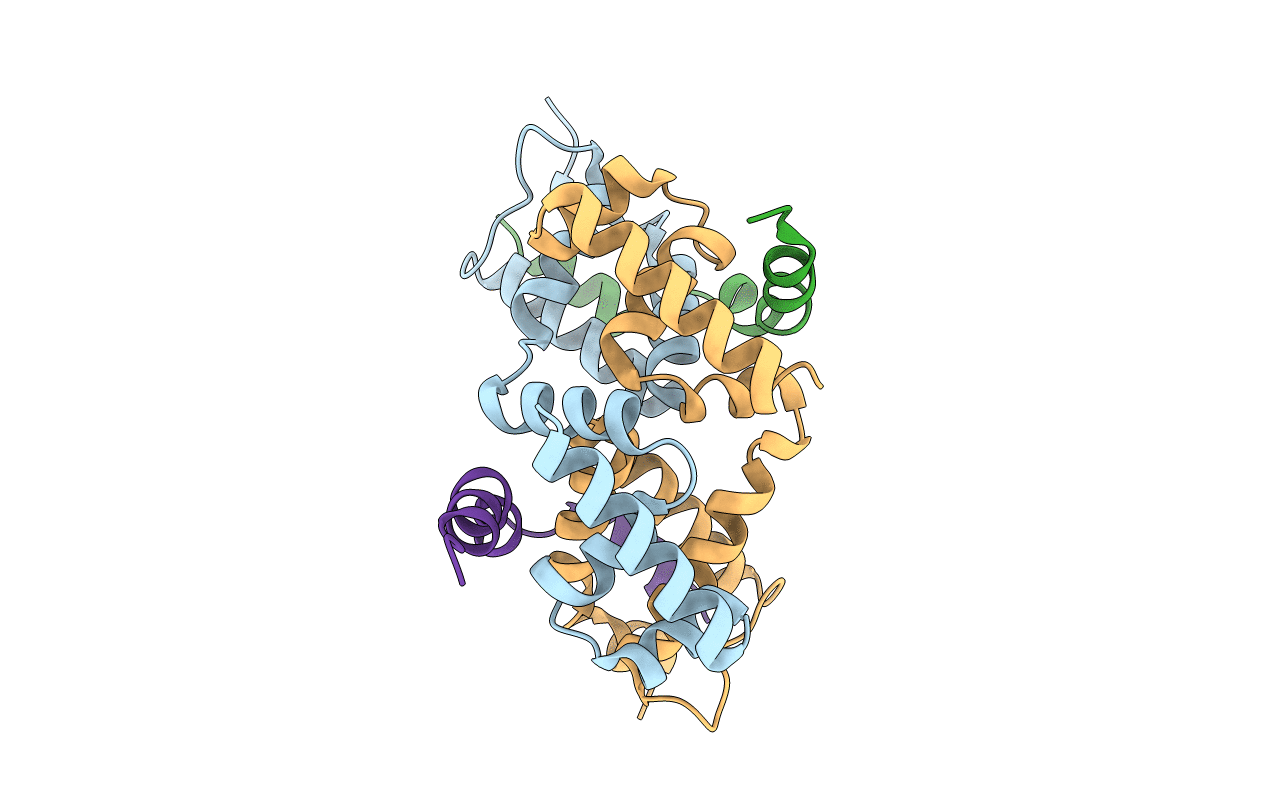
Deposition Date
2011-07-20
Release Date
2012-05-02
Last Version Date
2024-11-20
Entry Detail
PDB ID:
3T0Y
Keywords:
Title:
Structure of the PhyR anti-anti-sigma domain bound to the anti-sigma factor, NepR
Biological Source:
Source Organism:
Caulobacter vibrioides (Taxon ID: 155892)
Host Organism:
Method Details:
Experimental Method:
Resolution:
2.10 Å
R-Value Free:
0.25
R-Value Work:
0.20
R-Value Observed:
0.20
Space Group:
C 2 2 21


